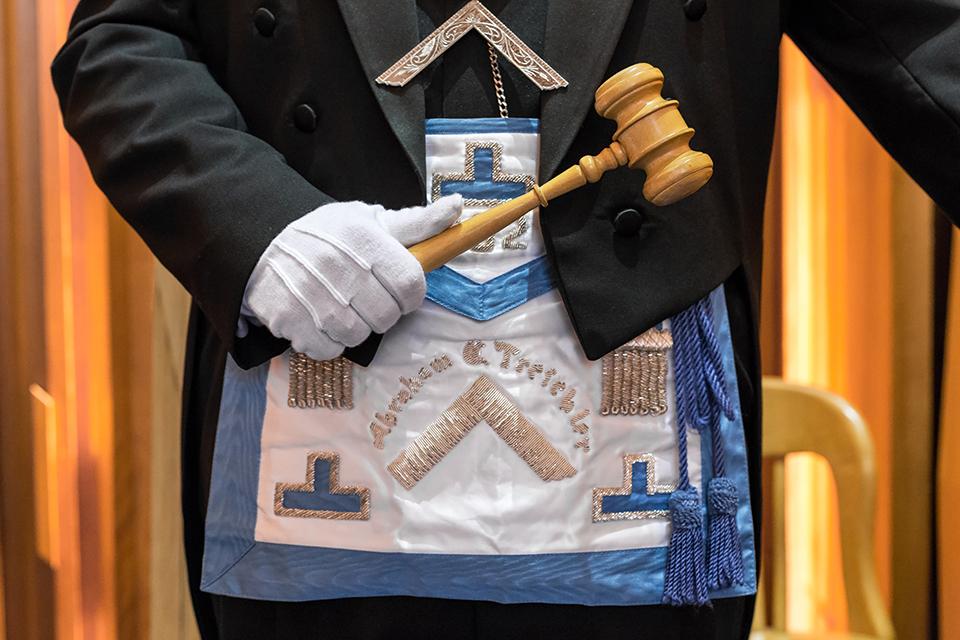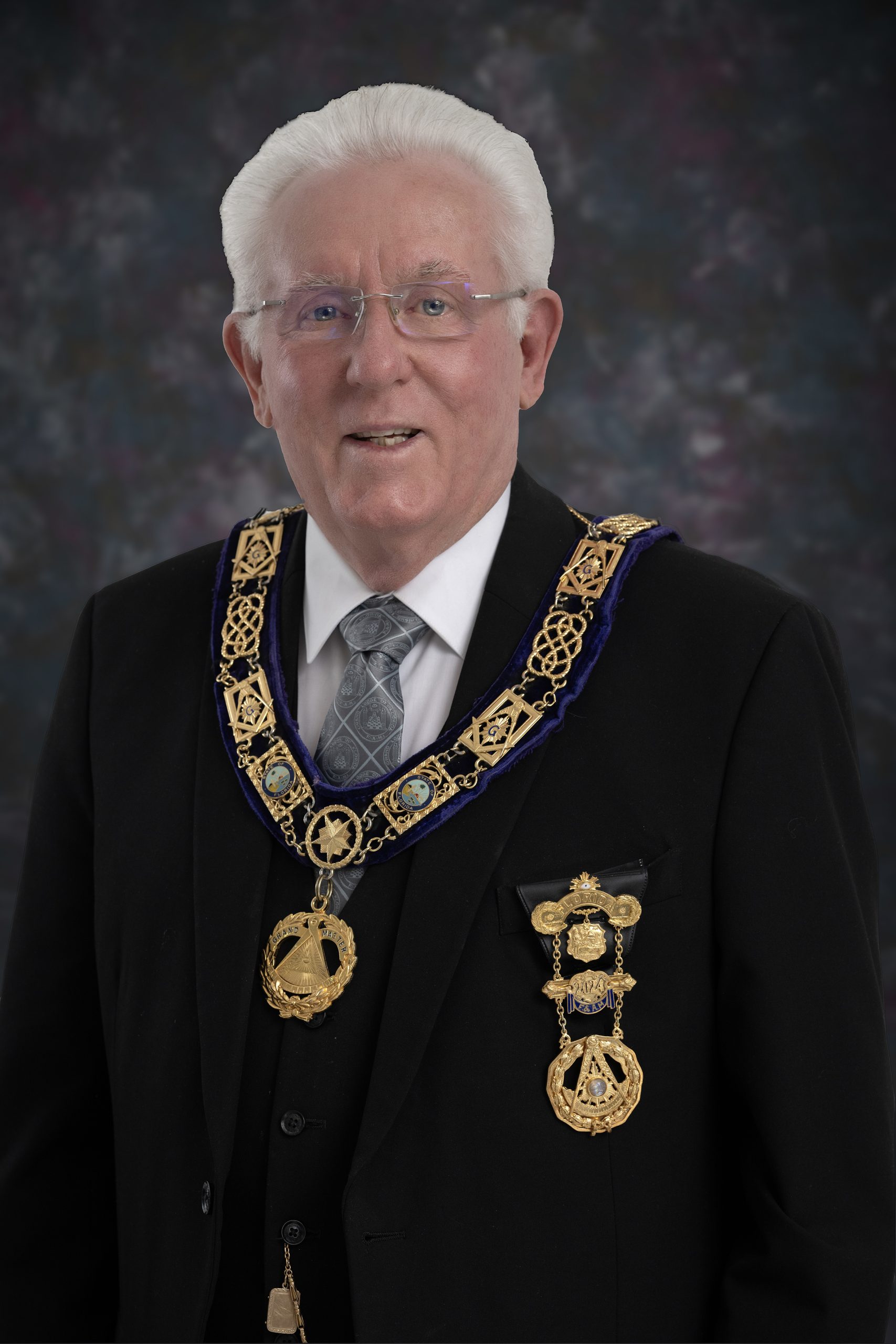The Most Useful Guide to Understanding How to Become a Freemason Step-by-Step
The Most Useful Guide to Understanding How to Become a Freemason Step-by-Step
Blog Article
Checking Out the Mysteries of the Freemason: What You Need to Know
The Freemason, a term typically shrouded in intrigue and conflict, represents a complicated tapestry of historic truth and modern myth. Established in the late 18th century, this secret culture was originally rooted in the Enlightenment's suitables however has since ended up being synonymous with conspiracy concepts concerning elite control.
Origins of the Freemason
The beginnings of the Freemason are steeped in a mix of historic intrigue and ideological fervor. Established in 1776 in Ingolstadt, Bavaria, by Adam Weishaupt, the team was originally formed as a secret culture focused on advertising Enlightenment perfects such as reason, secularism, and the splitting up of church and state. Weishaupt, a professor of canon law, sought to test the dominating authority of the church and state, which he considered as overbearing institutions suppressing intellectual and individual liberty.
The Freemason sought to hire significant members from numerous societal markets, including national politics, academia, and the arts, to foster a network committed to these Enlightenment concepts. The society operated under a shroud of privacy, utilizing coded language and routines to shield its participants from oppression, especially offered the repressive environment of the moment. The Freemason encountered substantial resistance from both governmental authorities and religious institutions, which watched the group as a hazard to their power.
Trick Figures and Members
Who were the essential numbers that formed the Freemason's early impact and instructions? The Bavarian Freemason, established in 1776 by Adam Weishaupt, emerged as a feedback to the overbearing social structures of the moment. how to become a freemason. Weishaupt, a legislation professor, visualized the organization as a way to promote Knowledge ideals such as reason, secularism, and equality. His preliminary recruitment efforts included influential pundits, such as Baron von Knigge, that played an important role in expanding the team's membership and organizational structure.
One more significant figure was Johann Gottlieb Fichte, a noticeable thinker whose ideas on nationalism and education reverberated with the Freemason's objectives. Although Fichte was not an official member, his philosophical foundations affected the team's ideological background. In addition, figures like the author and theorist Johann Wolfgang von Goethe were connected with the wider intellectual movements of the moment, although their direct involvement with the Freemason continues to be questioned.
These crucial numbers added to the Freemason's early instructions, pressing the boundaries of political and social thought, while their cumulative initiatives intended to challenge well-known standards and cultivate a climate of progressive change in Europe.
Myths vs. Reality
Many misunderstandings border the Freemason, typically mixing truth with fiction in a means that obscures its real nature. The idea that the Freemason proceeds to apply considerable impact over globe occasions is a misconception - how to become a freemason.
An additional prevalent myth is that the Freemason comprises a network of elite people adjusting worldwide affairs. In truth, many conspiracy theories exaggerate the team's value, associating misguided motives browse around this site to societal patterns and occasions. This has actually brought about an oversimplified sight of complex issues.

Modern Interpretations
Contemporary analyses of the Freemason typically show more comprehensive societal stress and anxieties and a fascination with privacy and power. This modern lens regularly links the Freemason with conspiracy theory theories that suggest a hidden elite orchestrates world occasions, manipulating governments and economic situations for their own gain. Such narratives take advantage of a deep-seated suspect of authority, specifically in times of crisis or social turmoil.

Furthermore, some modern-day analyses frame the Freemason as an allegory for the intricacies of globalization and the interconnectedness of significant people and companies. This point of view motivates a crucial exam of how power characteristics run read review in today's globe, highlighting the balance between openness and privacy in governance and company practices.
Social Influence and Tradition
Influenced by centuries of intrigue, the cultural impact and heritage of the Freemason expand much past its historical origins. This secret culture, developed in the late 18th century, has permeated various facets of prominent culture, from literature and film to songs and art. The principle of the Read More Here Freemason has actually advanced into a symbol of conspiracy theory theories, usually standing for a viewed hidden power adjusting international events.
In literature, writers like Dan Brown have woven the Freemason into complex plots, exciting visitors with themes of privacy and power. Films such as "National Prize" and "The Da Vinci Code" further bolster the allure of the culture, blending reality with fiction to create interesting narratives.
The Freemason's impact also prolongs into songs, with artists referencing the company to stimulate styles of disobedience and societal review. This portrayal has added to a fascination with the concept of clandestine groups managing the bars of power, showing social anxiousness regarding authority and openness.
Eventually, the Freemason's legacy is an intricate tapestry of misconception and reality, forming understandings of secrecy and control in contemporary discussion. Its long-lasting presence in society emphasizes humanity's perennial pursuit for understanding covert facts.
Verdict
The exploration of the Freemason exposes an intricate interplay between historical realities and modern myth-making. Established in the Enlightenment age, this culture intended to challenge oppressive structures, yet its heritage has been eclipsed by conspiracy theory theories that suggest elite control. Recognizing the differences in between the initial perfects and contemporary interpretations is crucial for comprehending the enduring attraction with the Freemason and its substantial impact on cultural narratives surrounding power and secrecy in culture.
Report this page